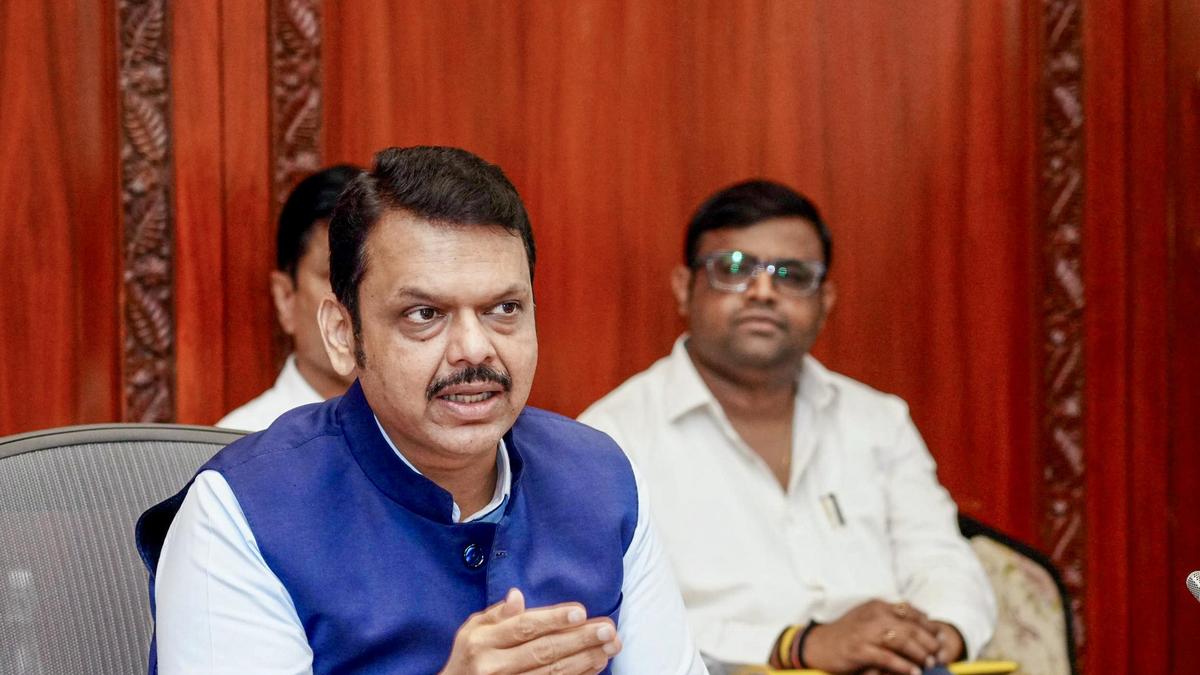The successful launch of India’s CMS-03 (GSAT-7R) satellite aboard the LVM3-M5 rocket on November 2, 2025, from the Satish Dhawan Space Centre in Sriharikota will provide a major boost to the country’s pursuit of maritime security and technological self-reliance.
The 4,400 kg multi-band communication satellite, designed and developed indigenously by the Indian Space Research Organisation (ISRO), is the heaviest communication satellite launched into the Geosynchronous Transfer Orbit (GTO) from Indian soil. It will play a crucial role in enhancing the Indian Navy’s operational reach, situational awareness, and surveillance capabilities across the Indian Ocean Region.

Secure communication coverage
The GSAT-7R is the successor to the GSAT-7 “Rukmini,” India’s first dedicated military satellite, launched in 2013. While Rukmini revolutionised naval communications by providing real-time data links across the Arabian Sea and the Bay of Bengal, the GSAT-7R significantly upgrades these capabilities. Equipped with multi-band transponders (UHF, S, C, and Ku bands), the GSAT-7R enables seamless voice, data, and video communication between naval ships, submarines, aircraft, and Maritime Operations Centres (MOCs). The satellite’s advanced payload ensures high-capacity, secure, and jam-resistant communication — vital for network-centric warfare and joint operations with the Army and the Air Force.
With a lifespan of 15 years, the GSAT-7R extends secure communication coverage up to 2,000 km from India’s coastline, encompassing vast stretches of the Indian Ocean Region. This expanded coverage will allow the Indian Navy to monitor critical sea lanes, chokepoints, and potential maritime threats more effectively. It will support continuous coordination among naval assets deployed on anti-piracy, anti-submarine, and humanitarian missions, ensuring real-time situational updates and rapid response capabilities.
Moreover, the GSAT-7R will enhance maritime domain awareness (MDA) by integrating space-based communication with surveillance platforms, such as coastal radars, reconnaissance aircraft, and unmanned systems. This synergy will allow the Navy to maintain an uninterrupted watch over the region’s dynamic maritime environment, strengthening India’s ability to deter and respond to any hostile activity.
According to experts, the launch of the GSAT-7R underscores India’s growing self-reliance in defence space technology under the vision of Aatmanirbhar Bharat. By securing robust and indigenous satellite communication infrastructure, the Navy can operate independently of foreign systems, ensuring confidentiality and reliability in strategic operations.
Quantum leap
In essence, the GSAT-7R represents a quantum leap in India’s maritime communication and surveillance architecture, empowering the Indian Navy to maintain a vigilant, connected, and technologically advanced presence across the Indian Ocean Region.
The Navy’s satellites, sensors, radars, unmanned aerial vehicles, and surveillance aircraft relay real-time data to the Information Management and Analysis Centre (IMAC), now being upgraded into a National Maritime Domain Awareness (NMDA) platform. The NMDA will integrate data from multiple sources to create a unified operational picture for naval commanders. Using AI-enabled analytics, it will enhance situational awareness, improve surveillance, and support swift decision-making. The system will help detect and counter threats such as illegal fishing, smuggling, piracy, and maritime terrorism, strengthening India’s maritime security and safeguarding its strategic interests across the Indian Ocean Region.

 2 hours ago
4
2 hours ago
4








 English (US) ·
English (US) ·